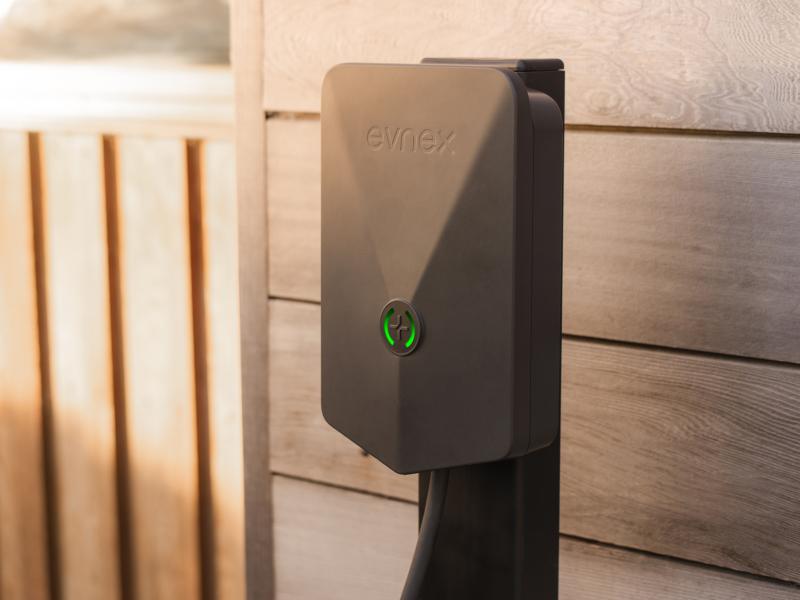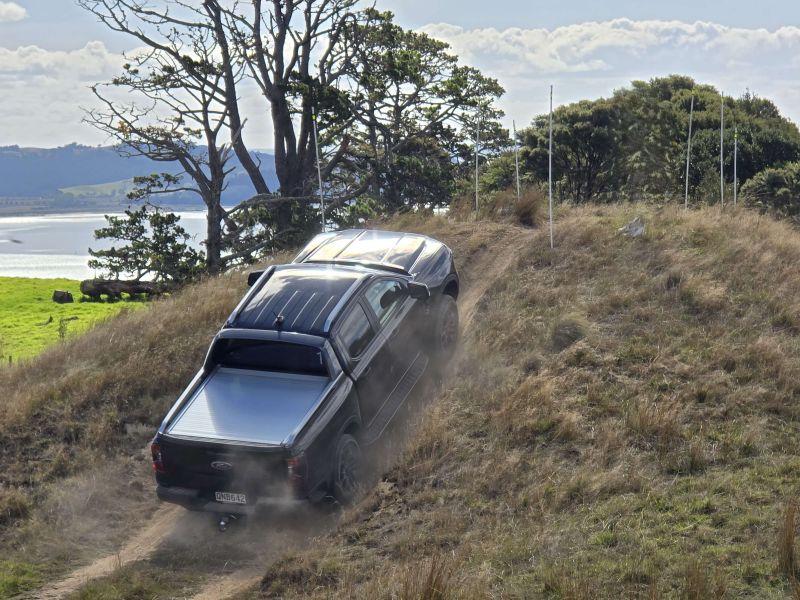If you had ever wanted to be a star of the camera, chances are – if you were driving around Auckland last month – you might well have been, because that was when I was test driving the Clarity Solo dashcam system from EROAD.
No one is going to argue that telematics is a smart move for fleets wanting to make sure their on-the-road people are safe, their assets are covered, and their bottom lines protected. Telematics is the package which can cover all these bases.
But telematics is a multi-faceted solution with plenty of components. A dashboard camera system is one of those components and EROAD’s Clarity Solo is an excellent example of how a dash cam can be effectively integrated into a telematics solution.
In fact, the Clarity Solo device is a telematics solution which just happens to have cameras attached for greater reinforcement of the data the system can provide.
The unit functions as a three-in-one device, able to supply real time GPS information, Cloud-based video recording and the ability to provide cost effective driver coaching and in a worst-case scenario, exonerate a driver from any wrongdoing in an incident.
But let’s start with what the Clarity Solo dash cam is, how it’s fitted and then, what it provides.
The term ‘dash cam’ is a little inaccurate. The Clarity Solo unit is usually mounted at the top of the inside of the windscreen and easily hardwired into the vehicle’s wiring, with a fitment time of on average, about 20 minutes by an EROAD trained technician, anywhere in the country.
This means, you can have Clarity Solo units installed into any vehicle, or any number of vehicles, and when its time to move those vehicles on, the units can be removed and reinstalled – making the Clarity Solo a reusable asset investment.
At the ‘office end’ EROAD sets you up with the MYEROAD dashboard. This is such an efficient and simple process, it took tech-dopey me less than 10 minutes to go through and that included reading all the accounting details, instructions for use and a welcome to EROAD navigation guide.
The ‘office end’ material was delivered electronically and yet I felt like I had become part of EROAD’s ever-growing family, with personal notes to me from my personal point of contact.
The Clarity Solo unit is roughly the size of a laptop’s battery pack, and it has not only one camera facing out into the world; there is a second camera which looks back into the cab. This second camera can be covered up for those new to the system, but to get the most out of the system, a Fleet manager should point out that the in-cabin camera should be used, sooner rather than later.
As an interesting consideration which is presumably part of the human condition; once we know our performance is being monitored – and that could be in any situation – we tend to do our best or at the very least, we come much more aware of our performance.
Once the Clarity Solo unit had been installed in my vehicle, I became very conscious of my driving and some of the ‘bad habits’ I had acquired suddenly became more apparent and could be corrected.
And that’s fine for someone who is only responsible for their own vehicle. For the fleet manager who is responsible for multiple vehicles and diverse drivers, the Clarity Solo can encourage and support ‘best practice’ driving habits as laid out in the company vehicle policy document which your drivers have – of course – all read and signed.
The cameras record data continuously and stores the data in the Cloud. If an instance of sharp directional swerves, harsh acceleration or harsh braking occurs, the cameras upload a 20s video clip to MyEROAD Replay for fleet manager review.
Drivers can also trigger the camera from the cabin of their vehicle should they witness an incident needing to be reported, poor or dangerous driving on the part of other road users.
The camera’s picture quality puts a DSLR camera to shame and the playback on the EROD dashboard is brilliant, as it not only displays the dual in/out cab images, it gives a time replay of when things started happening and then, over on the right of the screen, there is all the GPS and vehicle data available to give the audience a very clear picture of what happened.
GPS? Yes, part of the Clarity Solo package – the box between the cameras – is a hugely clever combination of an all-in-one telematics solution. So, yes, you have GPS functionality and all that goes with that, including geofencing.
You also have vehicle utilisation and location monitoring at any time, you have fleet management software bundled inthere is a maintenance and service module on board to ensure Wof’s CoF’s and servicing schedules are current, as well as having reporting capabilities to maximise fleet efficiency.
For the drivers, the Clarity Solo system encourages self-improvement, with a leaderboard function which can be used to motivate better driving in terms of fuel reduction and performance overall.
This has proven to be a very valuable tool in improving behaviour among multiple drivers, where ‘controlled friendly rivalry’ proactively improves safety and efficiency.
For solo drivers such as myself, I found competing against my own personal best was also ‘a thing’ and while I couldn’t give myself a significant bonus of a trip away at the weekend, or a Prezzy card, my self-improved results were rewarding just the same – at least I didn’t have to send myself to driver training or get a visit from HR! He’s a right so and so!
One last point, but a valid one for the CFO especially. Clairty Solo camera footage, being supported by the telematics onboard, is something insurance companies are now taking notice of.
You may want to ask your insurer if your vehicle premiums may be positively affected with Clarity Solo dash cams aboard your vehicles.
If so, you may find the reduction pays for the – already very affordable – Clarity Solo fitout, and that’s a significant hurdle overcome before you have gone to the www.eroad.co.nz website to organise a free, no obligation trial of a Clarity Solo dashcam.






